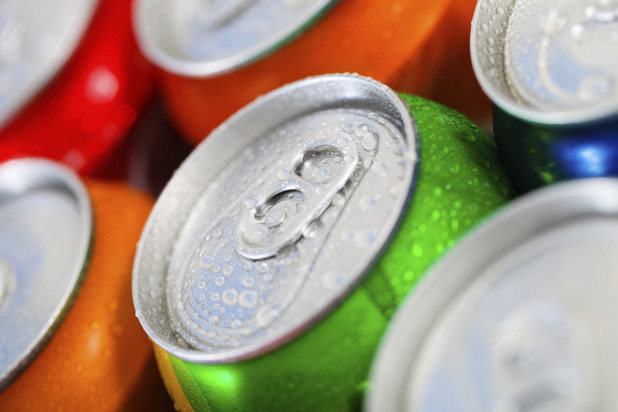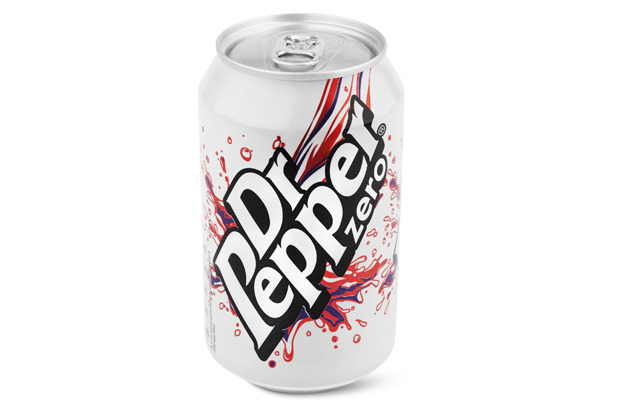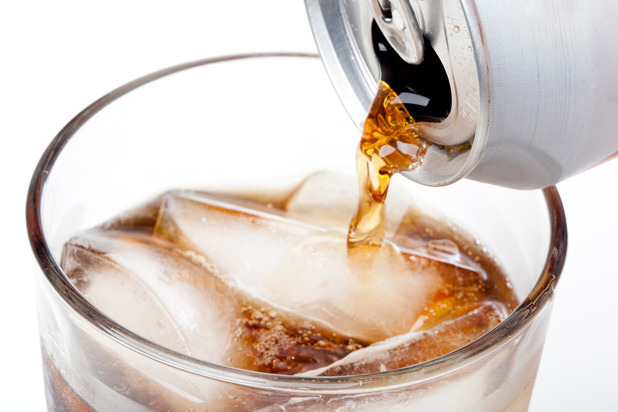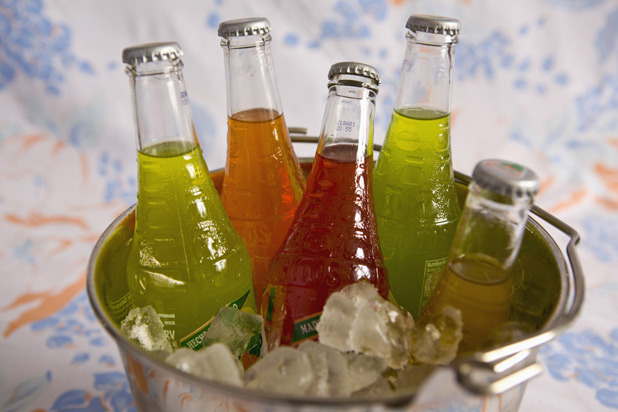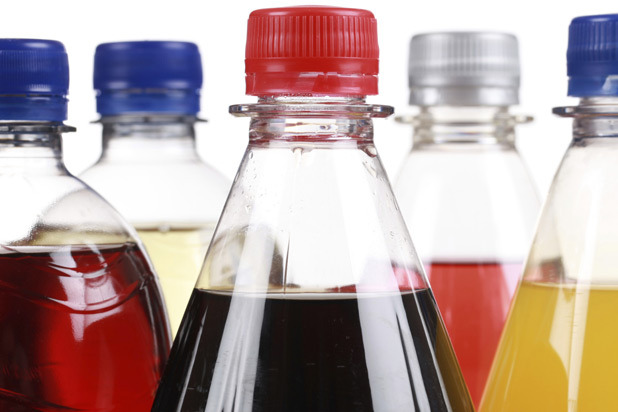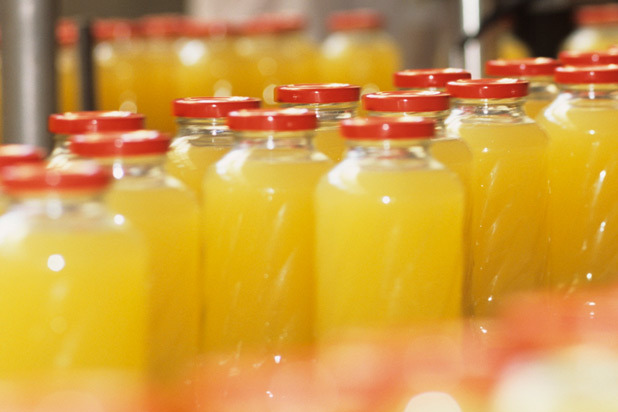Chemicals In Your Soda: What They Are And What They Do (Slideshow)
4-Mel is a chemical found in sodas that produces a caramel coloring. World Health Organization's International Agency for Research on Cancer along with the state of California, which now limits manufacturers to 29 micrograms of exposure for the average consumer per day, believes the chemical causes cancer. Large amounts of 4-Mel caused lung, liver, and thyroid cancer as well as leukemia in studies performed on rats. Sodas that contain 4-Mel include Malta Goya, Pepsi One, Diet Coke, Coke, and Coke Zero.
Brominated Vegetable Oil (BVO)
BVO is in many types of beverages. The chemical is supposed to keep the artificial flavors and the rest of your soda from separating. BVO is linked directly to memory loss, nerve disorders and skin conditions. It's most commonly found in beverages such as Fanta, Mountain Dew and Gatorade. One of the main components in BVO is bromine, the same element found in brominated flame retardants.
Acesulfame Potassium (Acesulfame-K)
This is another artificial sweetener on the market found in diet sodas like Diet Dr. Pepper and has been linked to kidney problems. It's not just found in sodas either. It's a main ingredient in many gum, gelatin, yogurt, candies, tabletop sweeteners, chewing gums, beverages, alcoholic beverages, syrups, refrigerated and frozen desserts, and sweet sauces and toppings. Acesulfame potassium contains sulfur, a recognized allergen.
Aspartame
Aspartame is a sweetener found in many artificial sweeteners such as NutraSweet, Equal, Spoonful, and is also rather prominent in diet sodas. While it has been given the green flag by the U.S. Food and Drug Administration and is considered safe, aspartame has been linked to a number of side effects, such as dizziness, migraines, and memory loss. Diet sodas have also been directly linked in studies to cause weight gain as well as overall health problems for its consumers.
Phosphoric Acid
Phosphoric acid is found in many sodas to enhance and sharpen its flavor. It's also included in most of the sodas we drink because the chemical actually slows the growth of bacteria and mold. When not being utilized in soft drinks, phosphoric acid is commonly used for rust removal. Some scientific studies have also linked phosphoric acid to causing osteoporosis.
Acidity Regulator (E331)
This acidity regulator is also known as sodium citrate. They are often found in sodas as they are used as acidity regulators and aroma compounds. They increase gel strength in marmalades and decrease enzymatic browning in fruits and fruit products. It can also be found in gelatin products, jam, ice cream, carbonated beverages, milk powder, wine, and processed cheeses.
Tartaric Acid
This chemical is a white crystalline diprotic organic acid. While it occurs naturally in many plants, particularly grapes, bananas, and tamarinds, it is one of the main acids found in wine and soft drinks. This strong acid does a number on teeth and can lead to cavities, tooth loss, and gum decay.
Ethyl Butyrate
Many of the "all natural" orange juices on the market contain high amounts of ethyl butyrate, a chemical that enhances the fragrance of fresh squeezed orange juice. While processing orange juice after the oranges are freshly squeezed, they are then put into steel vats where it tends to lose its natural flavor. To combat this, juice makers add in ethyl butyrate to bring back that familiar fragrance. It's also found in drinks with cherry, pineapple, mango, guava, bubblegum, peach, apricot, fig, and plum flavorings.

